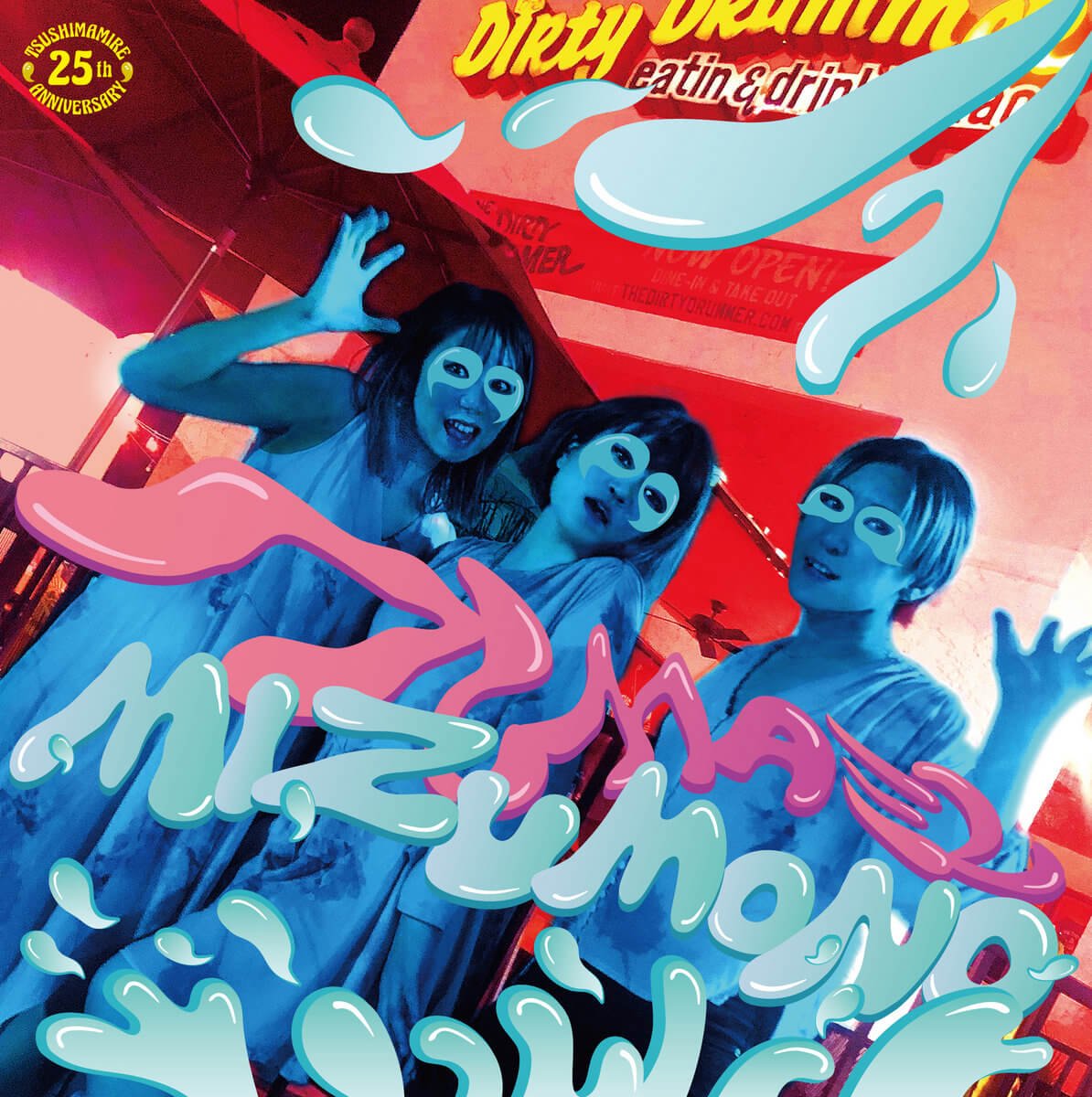Recently I purchased a few Japanese Candy kits and I will review all of these for AVO. This is not a sponsored review and because of this I won’t mention where I bought this set, if you do an online search using the name of this kit you’ll be able to find this one in several webshops.
Meigum – Odangoya-San – Elaborate
Price: ± €7
Extra supplies: Small Glass or Small Measuring Cup, Water, Scissors, Kitchen paper, Plate
With this kit you create different kinds of wagashi, traditional Japanese confections. With this kit you’ll create: sakura mochi, hanami dango, taiyaki, ichigo daifuku and warabimochi. You can have a lot of fun making the different snacks of this set. I estimate that it kept me entertained for about half an hour.
The kit is pretty easy to make, as long as you don’t add too much water. My brown paste ended up looking more like a sauce, because I added too much water. There is no waiting time for this kit. The warabimochi thickens up enough to scoop it out very quickly and while you’re waiting on this you can make all of the other sweets.
The final product looks cute, as long as everything goes right. As you can see on the pictures everything looks pretty similar to the pictures on the packaging. You can also choose to try to have enough left to, for instance, make a little flower, like I did with the green mochi. There’s quite a bit of wiggle room, my ichigo daifuku turned out a bit big because I had a lot of white mochi left over. Aside from that I also had quite a bit of sauce left over, but this was also because it became a bit too liquid.
The brown sauce, which I expected to be chocolate flavoured, tasted more like black tea. Personally I didn’t like it very much. I really had to adjust my expectations every time I took a bite of something that had this sauce on it or in it, by reminding myself that it wasn’t chocolate flavoured.
The green mochi, in my opinion, tasted like green tea. I’ve never had green tea though, so I could be wrong about this. It definitely had a clear tea flavour. Pink smelled very strongly like strawberry sour mats when I opened the package, in my opinion. It tasted a little like this as well, but without the sour taste that sour mats have. The white mochi was pretty neutral in flavour, just a hint of sweetness.
The warabimochi I thought was tastier than the white mochi, this had a gelatine-like texture and tasted a bit fresher, but was also a little sweet. It seemed to have a slight might flavour to it, but I’m not entirely certain about it.
I thought the hanami dango was the tastiest, because this didn’t have any sauce on it and I could eat the different colours and flavours of the mochi separately. I thought the taste of tea in the mochi and the sauce was a little strange and not very tasty. But If you do like tea flavour then this is definitely a kit for you.
TIPS: If your mixing bowls are slightly dented, like mine were because of the transportation process, you’ll have to dent it out well. Make sure to look carefully at the lines up to which you have to fill the water, you have to keep to the thicker lines, that are dented in, not the very thin line above the thicker one.
If the mochi sticks to your fingers, then dip your fingertips in some water. This makes it a lot easier to get them into the mould properly.
Want to enjoy this kit again?
Clean the mould with warm water, after using it, and let it air dry. Don’t use soap when cleaning this mould.
If you want to reuse the mould you could shape a little piece of mochi, fondant or marzipan in it. This way you can make candies, but also decorations for on a cake or something like that. You could also use melted chocolate to make shapes, but then the chocolate shouldn’t be too hot because otherwise your mould could melt.














